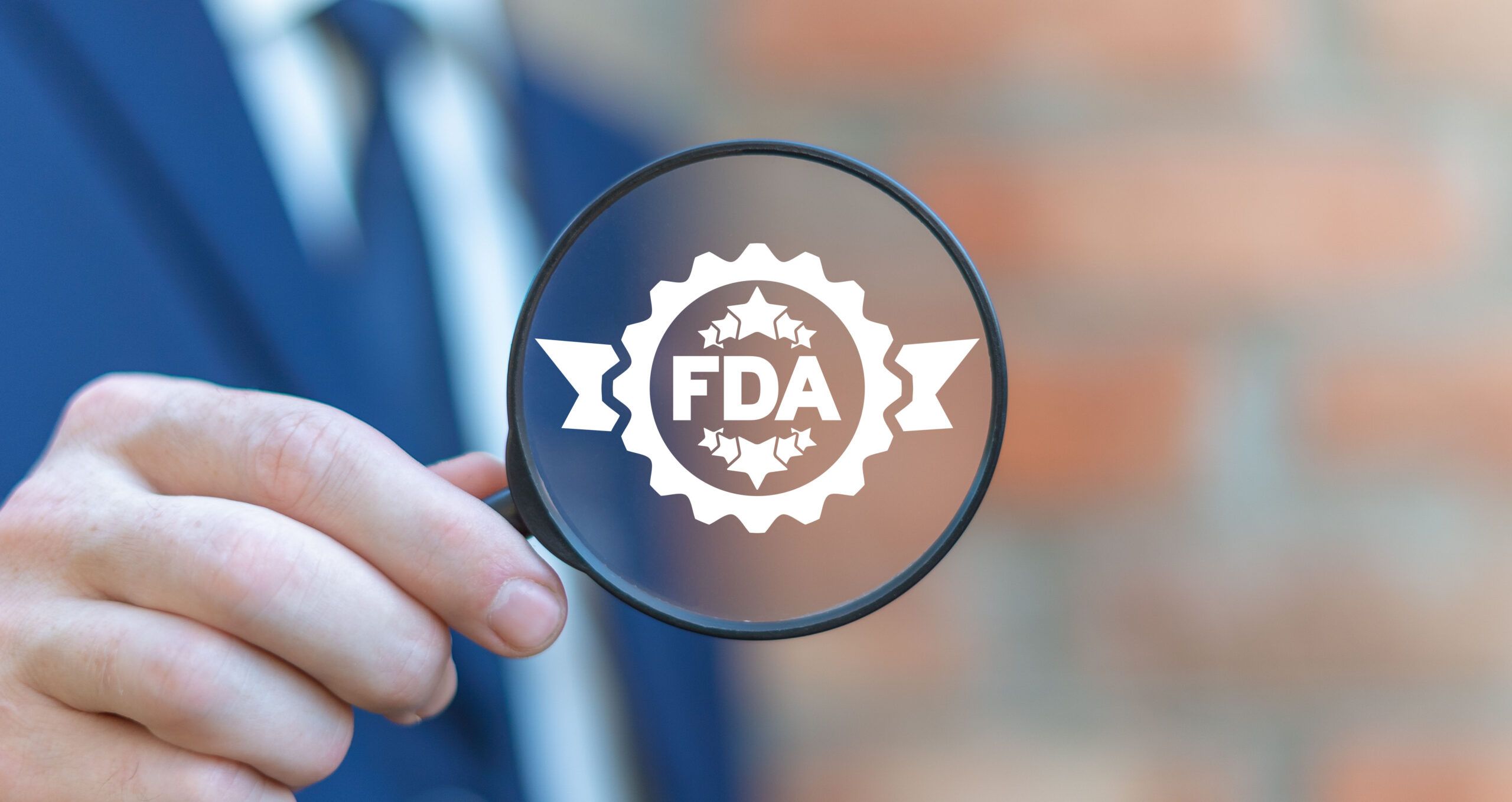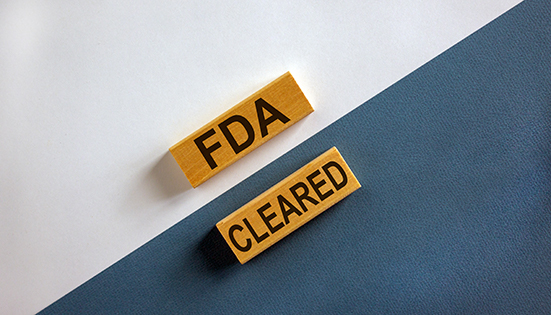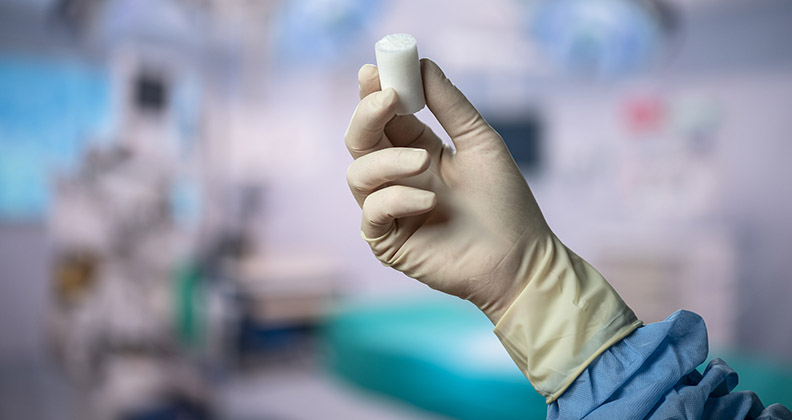
Orthopedic manufacturers can leverage FDA’s Accreditation Scheme for Conformity Assessment (ASCA) program to remove some of the burdens from the premarket product submission process. The program intends to streamline conformity assessments, enhance FDA’s confidence in the testing methods of ASCA-accredited labs and promote consistency, predictability and efficiency in medical device reviews.
For orthopedic manufacturers, this means having access to clear guidance on what to include in a declaration of conformity for premarket submissions. ASCA simplifies the process, making it straightforward and efficient.
“When we receive an ASCA summary test report, that’s often all we need to review, eliminating the need for a complete test report,” said Eric Franca, Ph.D., Assistant Director in the Division of Standards and Conformity Assessment, which oversees the ASCA program.
The program builds upon existing conformity assessment frameworks, such as ISO 17011 and ISO 17025, with the latter a common accreditation standard for testing laboratories. ASCA adds FDA-defined specifications to these frameworks to ensure that accredited labs perform testing methods in ways that meet FDA standards for competency and reliability.
ASCA currently covers two broad groups of standards. In addition to biocompatibility, the program includes a range of standards for basic safety and essential performance, particularly within the 60601 and 80601 series, as well as the 61010-1 safety standard. FDA’s goal is to make participating labs a one-stop shop for testing needs.
Each testing method within ASCA has a specific summary test report template that’s outlined in FDA’s guidance document.
“Given the vast number of standards in these categories, we provide a single summary test report template that effectively covers the standards,” Dr. Franca said. “You can find the template and specifics on which standards are included by consulting the guidance document or the recognized consensus standards database.”
Orthopedic companies need to submit only a declaration of conformity, which has been integrated into FDA’s eSTAR system. When submitting through eSTAR, select “Declaration of Conformity,” enter any additional required details and the form will auto-generate.
Fewer Pages, Faster Results
The main advantage of the ASCA program comes from the summary test report. In practical terms, this report significantly speeds up premarket submission reviews.
“Because we trust the expertise of ASCA-accredited labs, our review focuses on results rather than the methodologies used,” Dr. Franca said. “This process is especially helpful in standards-heavy areas like the 60601 framework, where hundreds of pages of reports can be condensed to just a few dozen, making them quicker to review and critique.”
Dr. Franca noted that a complete test report doesn’t always provide sufficient clarity, especially in the context of electromagnetic compatibility (EMC) or 60601 standards. He added that FDA generally generates fewer deficiency requests when premarket submissions are submitted through the ASCA program because accredited labs are already vetted for compliance.
“We don’t need to assess each lab’s test setups or worry about requesting re-testing based on minor issues,” he said. “As a result, fewer subject matter experts are required for the review team, which reduces workload and wait times. By focusing on the results rather than full test reports, we can streamline the entire review process while maintaining confidence in the outcomes.”
A real-world example from a recent premarket review for a Class II device under the 510(k) process shows the benefits of the ASCA program.
The manufacturer used a split approach; they provided an ASCA summary test report for 60601-1 (the general base standard in ASCA) and conducted EMC testing with a separate lab using the traditional method.
FDA received a 46-page EMC test report, complete with photos, data tables and detailed setups. In contrast, the ASCA summary test report for the 60601-1 standard was only nine pages.
“While this may seem like a modest reduction, a standard 60601-1 test report can easily reach 150 pages or more,” Dr. Franca said. “Reducing the report to nine pages made the review significantly faster and easier to follow, allowing us to focus on the critical information without wading through unnecessary details.”
Another example involving a 510(k) Class II device highlights the benefit of using the ASCA program when a deficiency is identified during the review process. The manufacturer submitted reports for 60601-1 and 60601-2 standards, totaling 203 pages.
During the ASCA review, FDA found a major deficiency and noted it in the additional information letter. The manufacturer opted to consult an ASCA-accredited lab to address the issue. They had the testing updated based on the lab’s expertise and resubmitted the report, reducing it from 203 pages to just four. This streamlined approach led to a much quicker resolution.
“Importantly, we’re not requesting complete test reports because they are unnecessary,” Dr. Franca said. “The deficiencies we issue are mostly related to methodologies. If we do send a deficiency, it typically pertains to results that require clarification.”
Expanded Use
Some device manufacturers were initially hesitant to engage with ASCA, viewing it as a pilot program. Dr. Franca noted an uptick in usage following the establishment of ASCA as a permanent program last fall.
FDA recently reviewed nearly 100 premarket submissions that included ASCA summary test reports. “While that number may seem modest, it represents an increase compared to last year and it exceeds the cumulative total since the program’s inception,” Dr. Franca said. “We’re now seeing more manufacturers willing to try it, and many are reporting positive results.
The ASCA program currently has three draft guidance documents out for public comment related to the program’s overarching framework, specific guidelines regarding device safety and performance and a biocompatibility guidance document that includes proposals for adding five additional methodologies to the program.
The program’s representatives want to understand what orthopedic manufacturers want to achieve with the program and determine if it aligns with FDA’s goal of fostering confidence in testing laboratories.
“Feedback from orthopedic companies is invaluable as we strive to make the program more sustainable and efficient for everyone involved,” Dr. Franca said. “Comments from all stakeholders will help us develop a better guidance document.”
A stretch goal for the ASCA program is to shift more quality assurance processes upstream to the testing laboratories. The program wants to proactively share testing issues that FDA identifies, enabling participating labs to address these concerns directly.
For example, if FDA publishes new guidance with specific considerations for setting up tests to meet a standard, ASCA representatives want to ensure that accredited labs are promptly informed, keeping them aligned with the latest FDA expectations for supporting premarket submissions.
“This creates a direct communication pathway with testing laboratories that we didn’t have before,” Dr. Franca said. “Previously, manufacturers would often receive FDA feedback and then relay it to their testing labs for adjustments. Now, labs can receive updates, guidance and training directly from FDA, ensuring they understand our expectations and can better support device manufacturers.”
DC
Dan Cook is a Senior Editor at ORTHOWORLD. He develops content focused on important industry trends, top thought leaders and innovative technologies.




